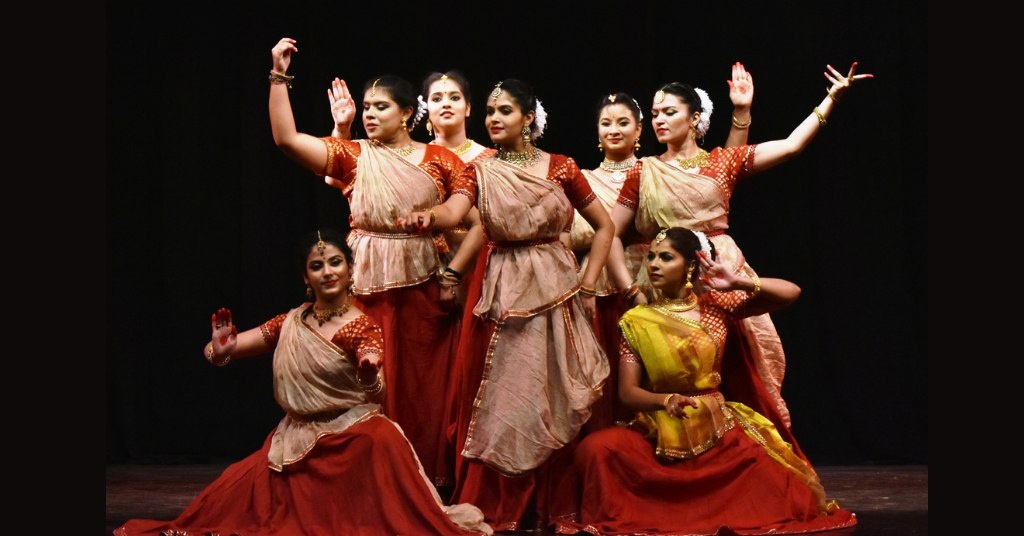
Dance is the language of nature; it is communication across borders, cultures, and generations. From the streets of NYC to Bollywood stages, dance continues to evolve, inspire, and unify humanity. Whether you are an experienced dancer or a keen enthusiast, a little understanding of dance styles would do wonders in improving one’s appreciation for the art form.
Top 5 styles of dance that have shaped the world.
1. Hip-Hop Dance
Origin: 1970s, Bronx, New York
Key Elements: Popping, Locking, Breaking, Freestyle
Hip-hop is more than a mere music genre; it is a language of culture. Dispensed from the street, hip-hop dancing evolves with energy, expression, and agglomeration. It embraces an improvisational quality that allows a dancer to really assert his individuality in freestyle or battle situations.
2. Ballet
Origin: 15th Century, Italian Renaissance Courts
Key Elements: Grace, Precision, Technique, Storytelling
Ballet is the root from which many other dance forms have grown. It is known for structured technique, graceful movements, and emotive storytelling. From fully classical presentations like Swan Lake to contemporary ballet fusion, this stage remains indefinite in terms of time.
3. Contemporary Dance
Origin: Mid 20th Century, USA and Europe
Key Elements: Fluidity, Emotion, Improvisation, Floor Work
Contemporary dance is motion and expression oriented and combines elements from modern, ballet, jazz, and even street dance. With emphasis on freedom of movement and emotional content, it is Russia and sometimes stands for abstract themes.
4. Salsa
Origin: 1960s, Caribbean & Latin America (Especially Cuba & Puerto Rico)
Key Elements: Partner Work, Spins, Footwork, Rhythm
The stimulating, colorful partner dance of salsa has enchanted the global populations. Combining Afro-Cuban and Latin rhythms, salsa is generally performed in clubs, social settings, and competitions.
5. Kathak
Origin: Northern India, Ancient Temples and Courts
Key Elements: Footwork, Spins (Chakkars), Facial Expressions (Abhinaya), Storytelling
Kathak is among the eight classical dances of India, featuring a form that emphasizes intricate footwork, rhythmic patterns, and gestures. The word ‘Kathak’ is derived from the Sanskrit word katha, which means ‘story.’
Final Thoughts:
Whether the stormy waves of Contemporary Dance call you or Ballet evolves slowly with its chaste glitter, each has its flavor to charm you. There are many kinds of dancing, but these five remain the most influential on choreographers, performers, and dancers all over the world.


